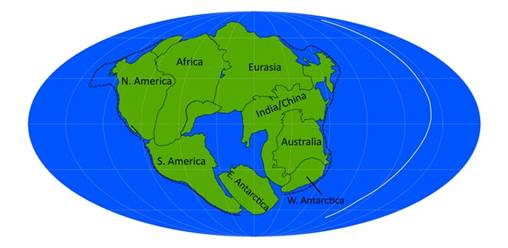Free Courses Sale ends Soon, Get It Now


Free Courses Sale ends Soon, Get It Now



Disclaimer: Copyright infringement not intended.
Context
Further findings of the new Study
|
Big Impact Theory A theory that explains the origins of Earth's moon, postulating that an asteroid roughly the size of Mars impacted the Earth during its formation. This impact resulted in rocky surface material being blown outward from the Earth, some of which accreted to form the Moon. |
The Research
© 2024 iasgyan. All right reserved